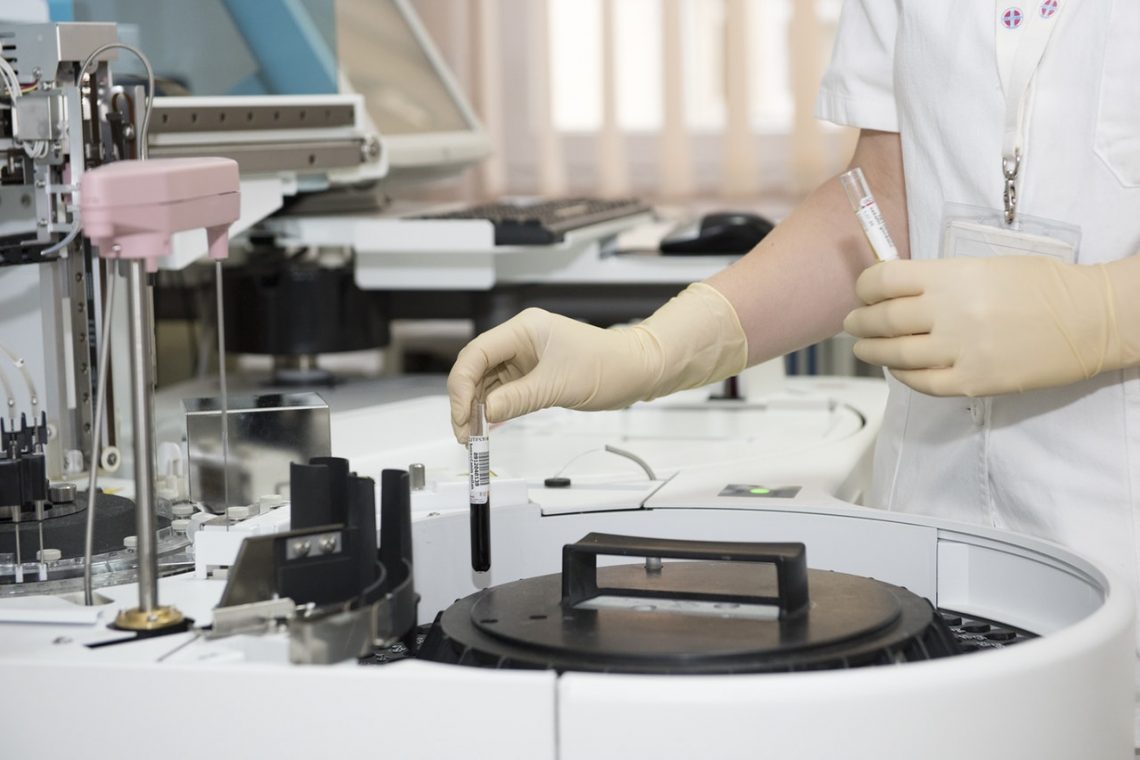
Most people know the acronym, but they don’t often remember that IVF stands for ‘In-vitro fertilisation’ until there is a need. The procedure involves sperm and an egg fusion for onward embryo development outside the body. You might have heard of people referring to IVF babies as ‘test tube or petri dish babies’. Usually, after the first five days of fertilising them in a laboratory, it’s transferred into a woman’s womb and birthed in due course. Here are some more new and exciting facts about IVF.
Reasons for IVF
The IVF treatment might work when it becomes difficult for natural conception to occur. Usually, the fallopian tube is a place for fertilisation and transportation of embryos. Several factors cause low functionality of fallopian tubes. Also, IVF treatments can act in lieu before the embryo is transferred to the uterus directly.There is also now an option for IVF sex selection, which is a similar process, but obviously, a lot more work is required.
When there are fertility issues with a man or woman, IVF treatment might be an alternative. However, it’s not all cases of fertility issues that doctors can explain. When eggs or sperm have been frozen because of cancer treatments, this condition might result in infertility.
Endometriosis (damaged fallopian tubes) also causes the ovaries to produce little or no eggs. While in male reproductive systems, poor sperm quality could result in little or no sperm production.
Occasionally, we have seen couples (heterosexuals) request for IVF treatments because they failed to produce either sperm or eggs that are ingredients for conception. So, sperm and eggs donors are contacted by the IVF expert and paid by the couples. In some of these cases couples going through this process may be able to choose the gender of the baby. Apart from fertility problems, determination of gender (intrauterine insemination) could trigger the need for IVF treatments. Sometimes, couples like to determine the sex of their babies or use IVF procedures to select viable sperms (with the best traits or disease-resistance level) for fertilisation.
However, it could take several trials for IVF treatments to get a woman pregnant. In other conditions, the IVF treatment has been a waste of time, money, and energy. There’s no guarantee with IVF, and it’s not fail-proof because everyone has different genetic makeup.

What’s Involved In The IVF Process?
Ovulation is a short period every month when the ovaries produce mature eggs. Usually, this period occurs after more than one week of a woman’s menstrual cycle.
- At the initial phase of IVF treatment, the doctor prescribes fertility medications to improve the production of mature eggs. This phase is not complete without monitoring the woman’s hormone levels through blood tests. It’s the reason for calling this initial step an ovulation induction and monitoring phase.
- The collection of fresh sperm samples and the process of egg retrieval is done at the next phase. The procedure of collecting sperms for freezing is simple, but egg collection is painful. Usually, the embryologist uses ultrasound to guide a hollow tube to the ovary’s follicles. Then, a needle and suction device helps to suck eggs from individual follicles. The process of sucking (pulling) mature eggs are called ‘aspiration.
- After placing both the sperm and egg in a Petri dish or test tube, fertilisation (penetration and fusion) is expected. We have seen severe cases of infertility that requires doctors to use the ‘intra-cytoplasmic sperm injection’ (ICSI) for fertilisation.
- When the embryo starts its early development, it can be transferred into the woman’s uterus after culturing it for at least three days. Usually, healthy embryos develop into cells and blastocysts. The woman’s age determines if two or three embryos will be transferred into her womb. It’s a thoughtful approach to boosting the survival of embryos and chances of pregnancy.
- IVF treatments help to boost success rates of fertility and pregnancy. After transferring the embryo, it’s attached (implantation) to the uterus’ lining. During this luteal phase, the doctor prescribes progesterone (hormonal) supplements to support the pregnancy. Also, a serum (blood) test will help doctors to confirm early signs of pregnancy.
However, IVF treatment has its side effects. Some of these signs include breast tenderness, headaches, cramping, and mood swings.